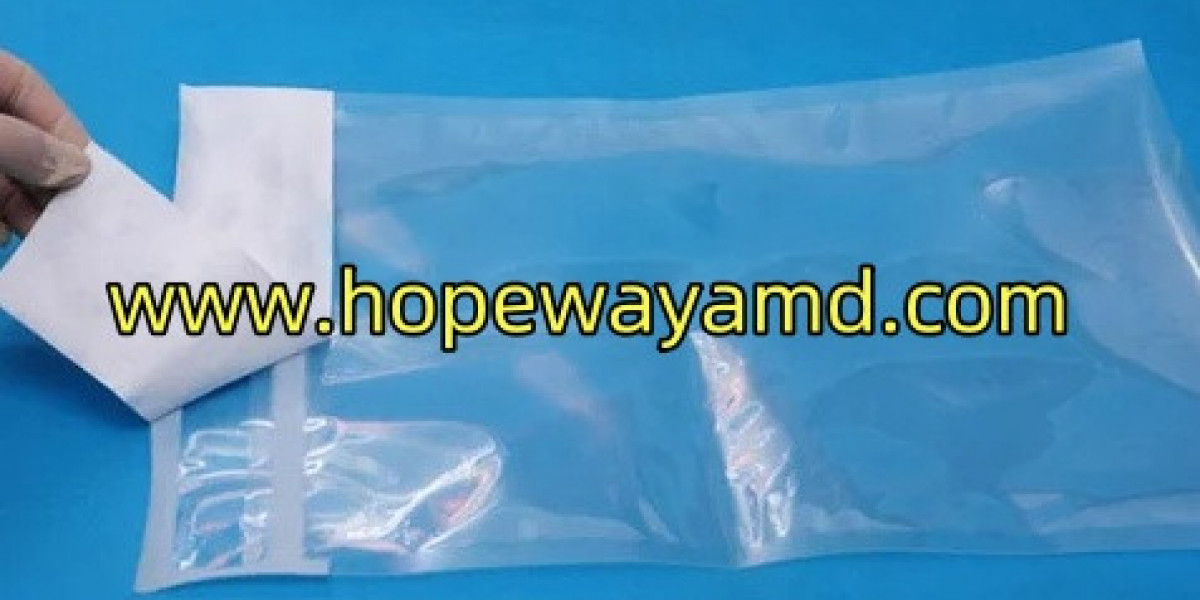The AEO Certificate (Authorized Economic Operator Certificate) is a globally recognized accreditation issued by the Customs authorities to businesses that demonstrate a high level of compliance, security, and reliability in international trade. This certification serves as proof that a company follows secure and efficient supply chain practices, reducing risks and ensuring faster customs clearance.
The concept of the AEO Certificate was introduced by the World Customs Organization (WCO) under its SAFE Framework of Standards to enhance global trade security and facilitate smoother cross-border movement of goods. For exporters, importers, and logistics providers, obtaining this certification brings credibility and operational advantages across global supply chains.
Objectives of the AEO Certificate
The main goal of the AEO Certificate is to build a trusted network of businesses involved in international trade. Customs authorities across countries recognize AEO-certified businesses as reliable, compliant, and secure. The certification aims to:
- Simplify customs procedures and minimize delays.
- Enhance international supply chain security.
- Promote compliance with trade laws and regulations.
- Build global cooperation between customs administrations and businesses.
- Encourage transparency and accountability in cross-border trade operations.
By meeting the requirements of the AEO program, businesses can gain a competitive edge in international trade while ensuring their supply chains remain resilient and compliant.
Types of AEO Certificates in India
In India, the Central Board of Indirect Taxes and Customs (CBIC) issues three categories of the AEO Certificate based on the nature and level of trade activity:
- AEO-T1 and AEO-T2 (for Importers and Exporters)
These categories focus on trade facilitation benefits like reduced examination, faster cargo release, and deferred payment of duty. - AEO-T3
The highest level of certification, offering maximum trade benefits, global recognition, and minimal interference by customs authorities. - AEO-LO (Logistics Operator)
For entities like warehouse operators, custodians, and freight forwarders, ensuring end-to-end security and efficiency in logistics operations.
Each certification level offers increasing privileges and recognition, motivating businesses to enhance their compliance and risk management systems.
Key Benefits of an AEO Certificate
The AEO Certificate brings numerous operational and financial benefits that significantly streamline international trade processes. Some major advantages include:
1. Faster Customs Clearance
AEO-certified companies are given priority during customs checks, leading to reduced examination time and quicker clearance of goods. This minimizes shipment delays and enhances delivery timelines.
2. Global Recognition and Credibility
An AEO Certificate is recognized by multiple customs administrations worldwide through Mutual Recognition Agreements (MRAs). This global trust allows companies to expand trade operations with minimal hurdles.
3. Reduced Compliance Costs
Businesses with AEO status face fewer inspections, reduced document checks, and faster refund or rebate processing. These factors collectively lower compliance costs and improve profitability.
4. Enhanced Security and Risk Management
The certification ensures that businesses maintain strict safety and security measures within their supply chains. This leads to better monitoring, reduced theft, and improved operational control.
5. Simplified Procedures and Better Relationships
Holding an AEO Certificate strengthens a company’s relationship with customs authorities, creating a smoother communication channel and simplifying future processes.
These benefits not only improve trade efficiency but also enhance brand trust, encouraging long-term partnerships with international clients and suppliers.
AEO Certification Process: Step-by-Step Guide
Obtaining an AEO Certificate requires thorough preparation and adherence to specific compliance guidelines. Here’s a step-by-step outline of the certification process:
1. Application Submission
The applicant must submit Form AEO-T1, AEO-T2, or AEO-LO (depending on the category) to the jurisdictional customs office along with relevant documents like financial statements, import-export data, and compliance records.
2. Preliminary Review
The customs department reviews the submitted information for accuracy and completeness. Any discrepancies or missing details are communicated for correction.
3. Site Verification
A detailed on-site verification is conducted by customs officials to assess the company’s internal control systems, security protocols, and compliance procedures.
4. Evaluation and Approval
After successful verification, the application is evaluated, and the AEO Certificate is granted to the business. This process can take several months, depending on the certification level applied for.
5. Renewal and Continuous Compliance
The AEO Certificate is valid for a specified period (typically three years) and must be renewed by demonstrating continued compliance and adherence to customs requirements.
Integration with EPR Compliance
While the AEO Certificate focuses on trade facilitation and supply chain security, EPR Compliance (Extended Producer Responsibility Compliance) ensures environmental responsibility. Together, they create a balanced framework for sustainable and efficient global trade.
Companies that align their EPR Compliance obligations with AEO practices can achieve dual benefits — operational efficiency and environmental accountability. This integration encourages responsible production, efficient logistics, and waste reduction throughout the supply chain.
Moreover, organizations meeting both AEO Certificate and EPR Compliance standards position themselves as leaders in sustainable trade, earning the trust of international partners and regulatory authorities.
Why Businesses Should Pursue AEO Certification
The AEO Certificate is not just a symbol of trust; it is a strategic asset that drives trade efficiency and compliance excellence. By obtaining this certification, companies gain a strong foothold in the global market, access to priority treatment, and the ability to streamline customs procedures.
When combined with EPR Compliance, the benefits multiply — resulting in improved sustainability, regulatory adherence, and long-term business growth. These certifications collectively reflect a company’s dedication to secure, transparent, and responsible international trade.
Conclusion
The AEO Certificate stands as a mark of credibility, compliance, and commitment to secure global trade operations. It simplifies customs processes, reduces costs, and strengthens global recognition. When businesses integrate AEO practices with EPR Compliance, they create a robust foundation for sustainable and efficient international trade.
By investing in these certifications, organizations not only enhance their global competitiveness but also contribute to a more transparent, eco-conscious, and secure trading ecosystem.













